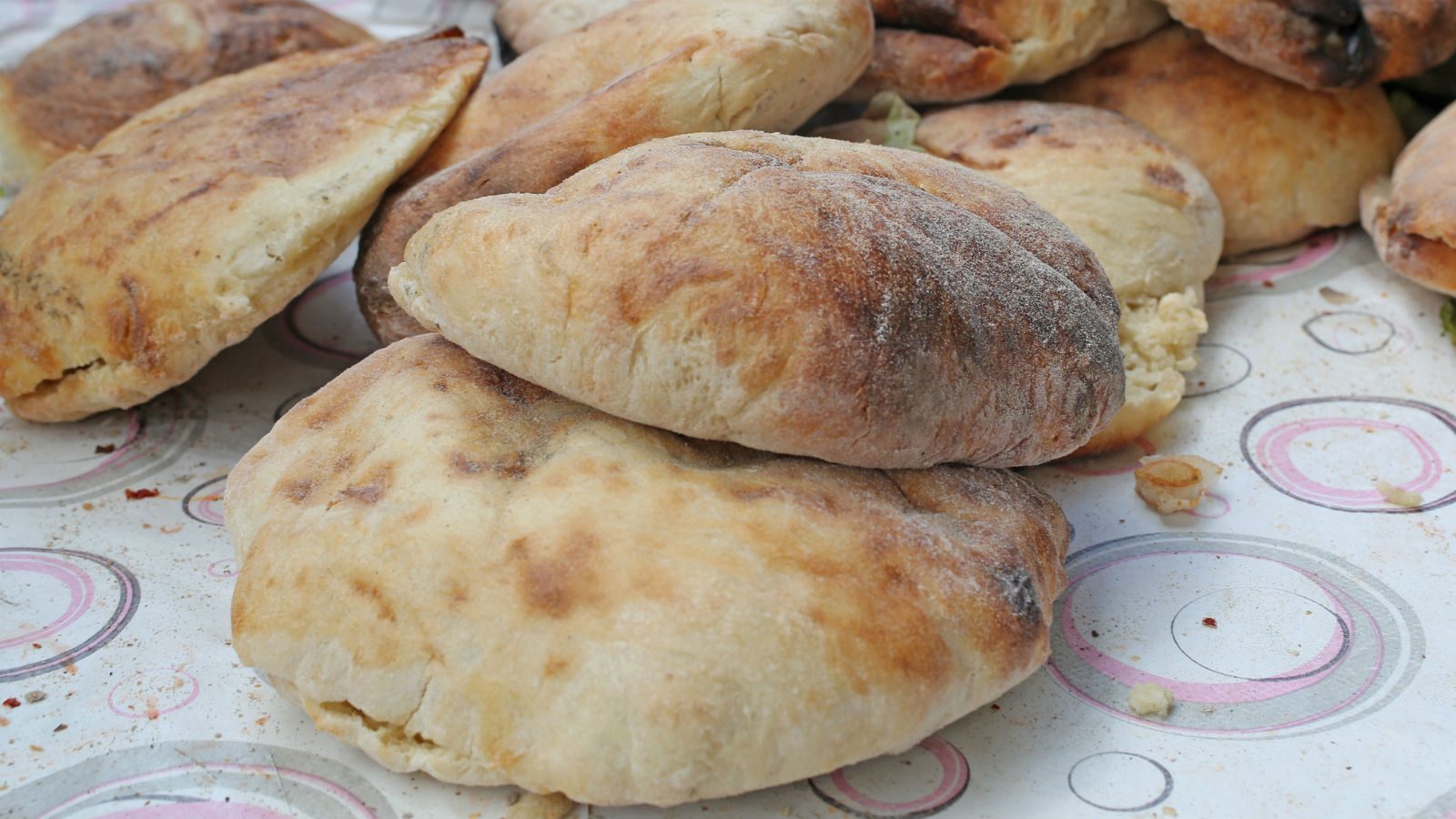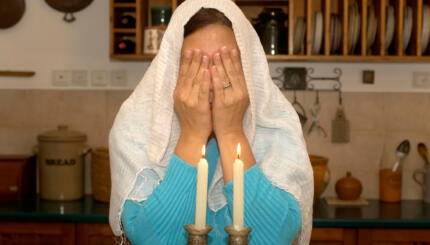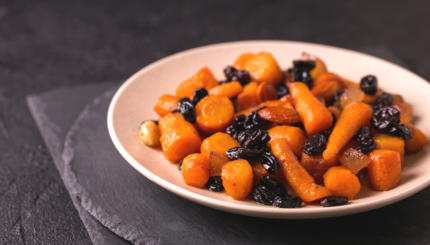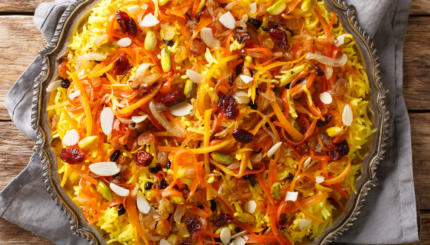Question: Can I use cornbread (or any other type of bread) instead of on ?
–Mary, Nashville
Answer: In 15th-century Eastern Europe, Jews started serving braided bread with their Friday night Shabbat meals, and called the loaves challah, which means “portion” in Hebrew, in reference to the Biblical commandment to give a portion of dough to God (Deuteronomy 15:21). Since that time Jews have had a vague conception of what constitutes challah — usually it’s a sweet, often white, bread that contains eggs, and is braided.
But there isn’t any definitive challah recipe or definition provided by the authors of the Talmud. The rabbis don’t give us one of those handy braiding diagrams, or provide a list of conversions from their Babylonian measurement system to our contemporary one. They do have some ideas about what has to go into bread in order for it to legitimately be used for “taking, or separating, challah” (setting aside a portion for God, as commanded in Deuteronomy) and serving at the Shabbat meal.

Help us keep Jewish knowledge accessible to millions of people around the world.
Your donation to My Jewish Learning fuels endless journeys of Jewish discovery. With your help, My Jewish Learning can continue to provide nonstop opportunities for learning, connection and growth.
READ: The Ultimate Gluten-Free Challah Recipe
I consulted with Rabbi Ethan Tucker of Yeshivat Hadar on this question, and he explained that “any ‘bread’ that includes five-grain flour (wheat, barley, spelt, oat or rye) and other kinds of flour gets hamotzi [the blessing said before eating bread] and birkat hamazon” and thus counts as challah. But, you need to use at least a certain amount of five-grain flour in order for the bread to qualify (ie, you can’t sprinkle some flour onto your salad and call it challah just because you’re on Atkins). Rabbi Tucker says that one eighth of the total ingredients should be flour from one of the five grains, and in most cornbread recipes, this is not a problem. You also need to consider the bread a serious component of the meal and eat at least “four eggs worth” if you want to call your cornbread challah.
I asked George Greenstein, author of Secrets of a Jewish Baker what the ideal ratio of regular flour to cornmeal is in cornbread, and he recommends using 1 1/2 cups flour to 1/2 cup cornmeal. So before you make some cornbread for Shabbat dinner, make sure:
• Wheat flour is at least 1/8th of the total ingredients
• You plan on eating lots of corn bread with your meal
If you follow those rules, though, you’re good to go.
Rabbi Tucker also warns against throwing lots of other stuff into your bread, thereby turning it into a muffin or a cake but still trying to pass it off as a challah. There’s a halakhic (Jewish law) basis for this, but also, you know, you’ll ruin your appetite! What would your mother say?



